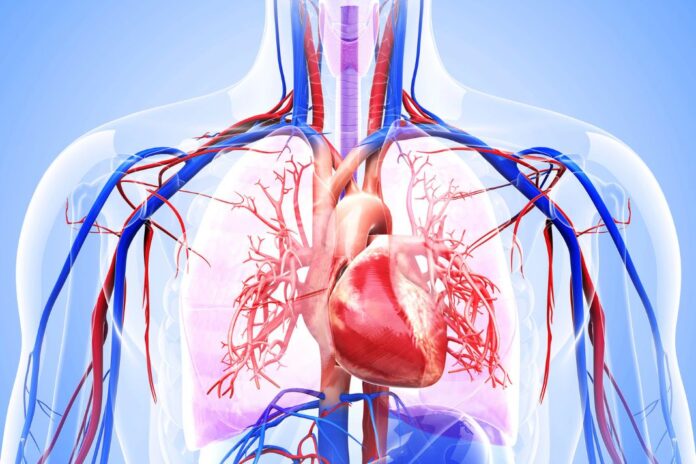The world of medical imaging is in the midst of a transformation, with 3D and 4D imaging technologies leading the way. These innovative techniques are revolutionizing how healthcare professionals visualize anatomical structures and physiological processes. In this article, we explore the exciting emerging technologies in 3D and 4D imaging equipment and their potential to shape the future of healthcare.
1. Dynamic Contrast-Enhanced Imaging
Dynamic contrast-enhanced imaging takes 4D imaging to the next level. By injecting contrast agents into the body and capturing images at rapid intervals, this technology provides real-time insights into blood flow and tissue perfusion. It has applications in oncology for tracking tumor response to treatment and in cardiology for assessing myocardial perfusion.
2. High-Resolution 3D Printing
Advancements in 3D printing are enabling the creation of high-resolution anatomical models. These models are derived from patient-specific imaging data and are used for surgical planning and education. Surgeons can practice complex procedures on these models, leading to improved surgical outcomes and reduced operating times.
3. Multimodal Imaging Fusion
Multimodal imaging fusion combines data from various imaging modalities, such as MRI, CT, and PET, to create a comprehensive view of the patient’s anatomy and function. This technology enhances diagnostic accuracy by providing a more complete picture, particularly in cases of complex diseases.
4. Artificial Intelligence and Machine Learning
AI and machine learning algorithms are being integrated into 3D and 4D imaging equipment to aid in image analysis and interpretation. These algorithms can assist radiologists in detecting abnormalities, quantifying disease progression, and predicting treatment responses. AI is also used to automate time-consuming tasks, improving workflow efficiency.
5. Augmented Reality (AR) Integration
AR technology is making its way into medical imaging equipment. Surgeons can wear AR headsets that overlay 3D images onto the patient’s anatomy during surgery. This real-time guidance enhances surgical precision and reduces the risk of complications.
6. Portable and Wearable Imaging Devices
Miniaturization of 3D and 4D imaging equipment has led to the development of portable and wearable devices. These devices are especially useful in remote or resource-limited settings, enabling healthcare professionals to perform on-the-spot diagnostics and monitoring.
7. Functional Imaging and Connectivity
Emerging technologies are enabling the integration of functional imaging into 3D and 4D systems. This includes functional MRI (fMRI) and connectivity mapping, which provide insights into brain function and connectivity patterns. These innovations have significant implications for neuroscience and neurosurgery.
Conclusion
The emergence of new technologies in 3D and 4D imaging equipment is opening up a world of possibilities in healthcare. These innovations are not only improving diagnostic accuracy but also enhancing surgical precision, reducing patient risk, and expanding access to advanced imaging in diverse healthcare settings.
In conclusion, the future of healthcare is being shaped by the dynamic evolution of 3D and 4D imaging technologies. As these innovations continue to advance, we can anticipate a healthcare landscape where diagnoses are more precise, surgeries are more successful, and patient outcomes are significantly improved.








